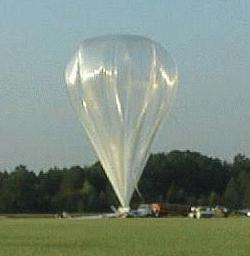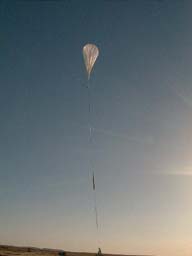
 |
 |
 |
 |
| PI contact address: | Prof. Elena Aprile , age@astro.columbia.edu |
|---|---|
| Columbia University, Astrophysics Laboratory | |
| 550 West 120th Street, New York, NY 10027 |
Web page maintained by: Kaixuan
Ni
Last Updated October 22, 2002